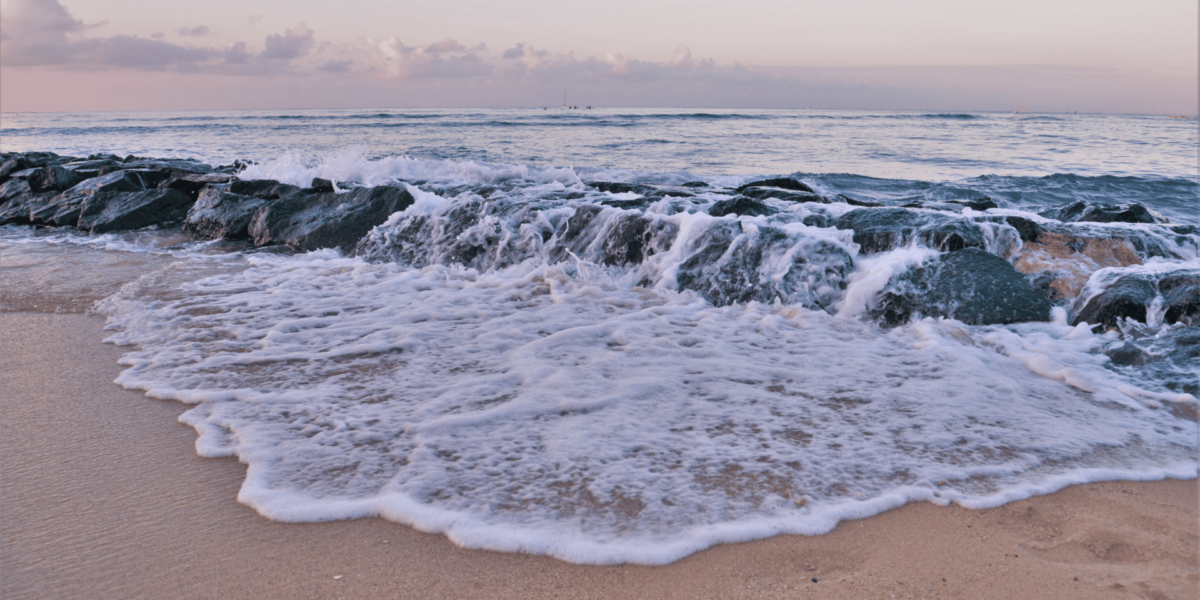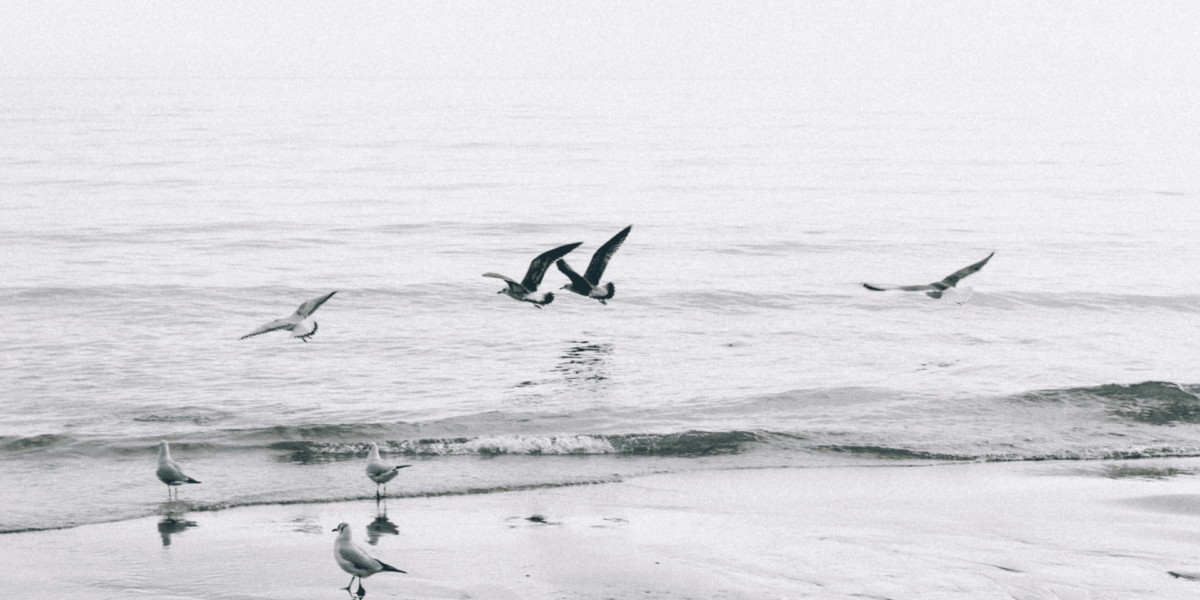Pamela Beach Reflects a Timeless Coastal Identity
Pamela Beach offers more than a stretch of sand and sea—it delivers a distinct visual and sensory experience shaped by natural forces and design intention.
The beach’s layout shows how time and nature leave lasting marks. Soft curves along the shoreline echo years of tidal movement. Plantings near dunes blend with native textures. Buildings nearby avoid blocking sightlines to the water, preserving views. Every feature—both natural and human-made—aligns with a coastal identity that values continuity over change.
Natural Light Defines the Mood of the Beach
Sunlight shapes the way visitors see and feel Pamela Beach. Light conditions shift throughout the day, changing color tones, textures, and visibility across the landscape.
In the early morning, long shadows from grasses stretch across the sand. By midday, the shoreline brightens, revealing clear patterns in water and shells. As evening nears, the light softens and reflects off the water in muted tones. Designers and planners have preserved this natural rhythm by minimizing artificial light and maximizing open space. These decisions protect the area’s visual character and support a sense of place.
Tidal Movements Carve a Living Canvas
The tide leaves visible traces along the shoreline, turning Pamela Beach into a constantly changing surface. These natural patterns create a rhythm that guides the beach’s daily appearance.
As the tide rises and falls, it leaves behind lines of seaweed, smoothed sandbars, and pools of reflected sky. These features never appear the same way twice. Visitors walking along the water’s edge see these formations as part of the landscape’s texture. Planners protect this process by keeping hard structures away from active tidal zones. The result is a shoreline that shifts without being disrupted.
Texture Plays a Key Role in the Beach Experience
Pamela Beach offers a range of textures that define how people move, pause, and connect with the space. These textures—from sand grain to stone path—build a multi-layered experience.
Walking barefoot from the boardwalk to the shoreline reveals distinct zones: wooden planks, coarse dune grass, soft sand, and compact wet shoreline. These transitions feel natural, not forced. Designers have avoided synthetic surfaces where possible. Even pathways that guide movement are made from materials that respond to weather and blend with surroundings. Texture at Pamela Beach supports comfort, direction, and atmosphere all at once.
Minimal Design Choices Preserve Natural Beauty
Built elements around Pamela Beach follow a quiet design language. These structures aim to support the environment, not overpower it.
Benches, pavilions, and signage use muted tones and natural materials. Their placement respects views and air movement. Visitors approaching the beach don’t see towering walls or reflective glass—they see shapes that belong to the setting. This approach limits visual noise and reinforces a connection to nature. It also helps prevent disruption of wildlife patterns and seasonal changes in vegetation.
Seasonal Shifts Add Depth to the Visual Landscape
Pamela Beach’s appearance changes with the seasons, creating different moods and uses throughout the year. Each season adds a new visual layer to the coastal setting.
In spring, grasses push through the dunes and bring color to neutral sand. Summer brings wider use of open areas, with towels, umbrellas, and footprints dotting the beach. Fall strips back color, revealing new tones in the water and sky. Winter quiets the landscape, and patterns in sand and ice take over. These changes don’t require added decoration or events—they emerge naturally, and the beach’s design allows them to lead the experience.
Sound Supports the Sense of Calm
The auditory environment at Pamela Beach plays a subtle role in its aesthetic. The absence of mechanical sounds allows waves, wind, and bird calls to define the atmosphere.
A visitor hears the steady sound of water against shore, interrupted only by wind moving through grasses or the soft crunch of steps on sand. Nearby development avoids traffic-heavy roads. Noise barriers and thoughtful layout reduce echo and mechanical sound. These acoustic choices support the beach’s calm setting and prevent sensory overload.
Space Is Organized Around Human Flow
Pamela Beach’s layout makes movement feel intuitive. The placement of paths, shade structures, and open zones supports both solitude and connection.
A person entering the beach moves from a shaded walkway to a wide overlook, then chooses a route toward the shoreline. No signs push them forward—spacing and placement guide their choice. Group areas sit far enough from quiet zones to prevent overlap. The layout allows people to engage with the beach on their own terms without crossing paths in ways that feel intrusive. This structure relies on observing how people use space and shaping the environment accordingly.
Art and Utility Work Together Subtly
Artistic elements exist at Pamela Beach, but they don’t stand apart. They are built into seating, paving, and water access points. These features serve both form and function.
A curved bench offers a view across the horizon but also mimics the shoreline’s natural shape. Drainage paths follow sculptural lines but manage water effectively. These integrations reduce the need for separate landmarks and preserve simplicity. Visitors recognize these touches not as decoration, but as part of the larger coastal system.
The Beach Experience Builds Long-Term Connection
Pamela Beach’s coastal aesthetic doesn’t demand attention—it builds familiarity through repetition and detail. The beach becomes a place where people return not for entertainment, but for rhythm and reflection.
A resident visiting the beach after work finds the same stone, the same stretch of water, and the same sky—but the colors and sounds shift each time. This ongoing change within a consistent structure builds emotional connection. The design doesn’t need bold statements. It relies on the environment, and by doing so, strengthens the bond between people and place.
Pamela Beach’s Coastal Aesthetic Supports Slow Living
Pamela Beach succeeds because it lets the environment lead. The aesthetic is shaped by natural forces—light, tide, wind, and season—and supported by subtle human choices.
Visitors experience beauty not from added features, but from preserved ones. Every bench, path, and viewline respects what already exists. This design philosophy builds comfort, identity, and calm. As more beaches face pressure to develop quickly, Pamela Beach stands as a model for how to grow with time, not against it. The result is a space where people stay longer, return often, and see something new every time they arrive.








